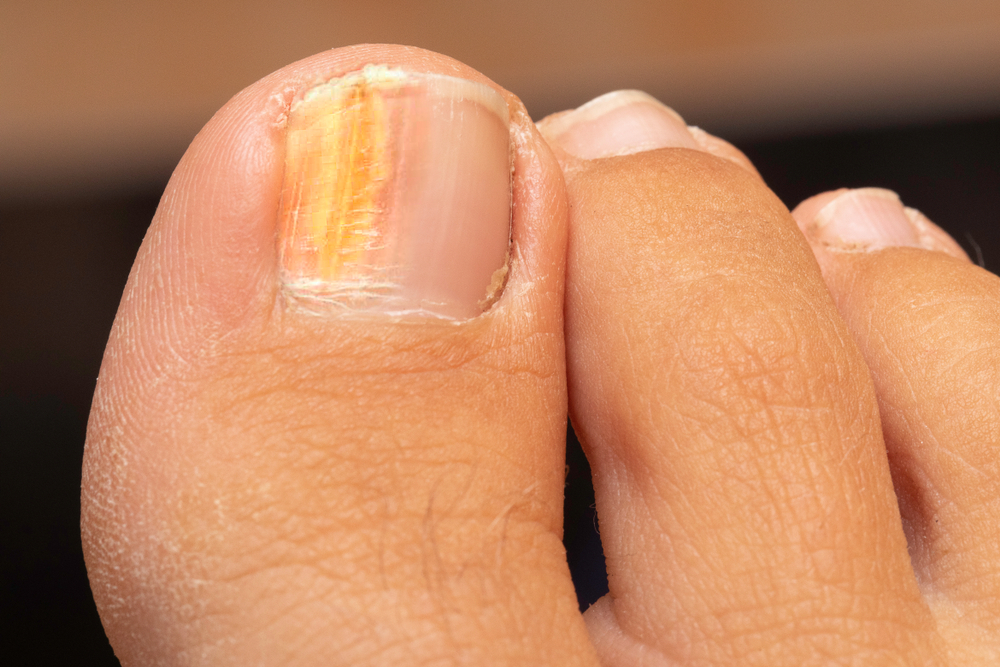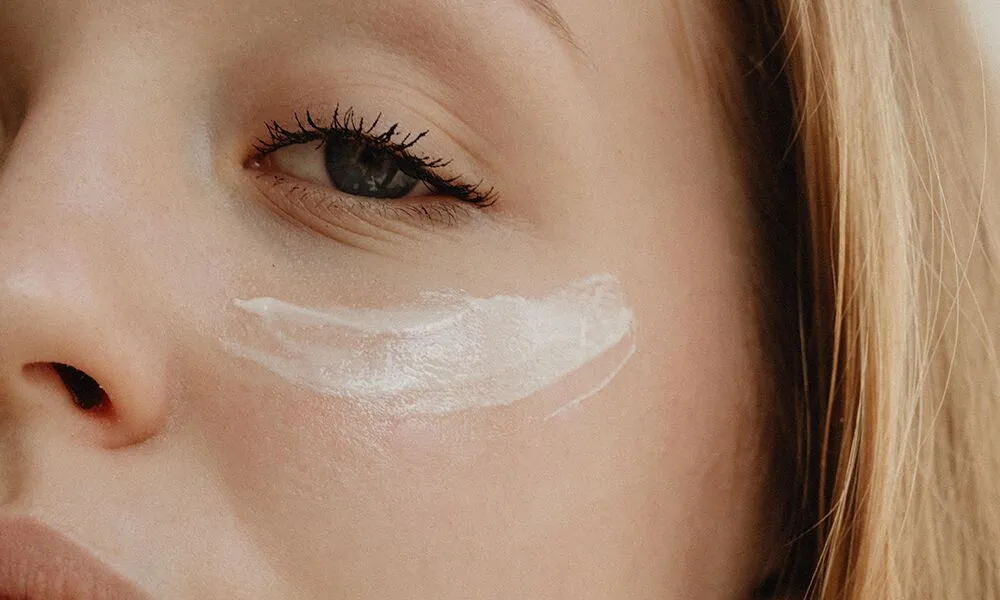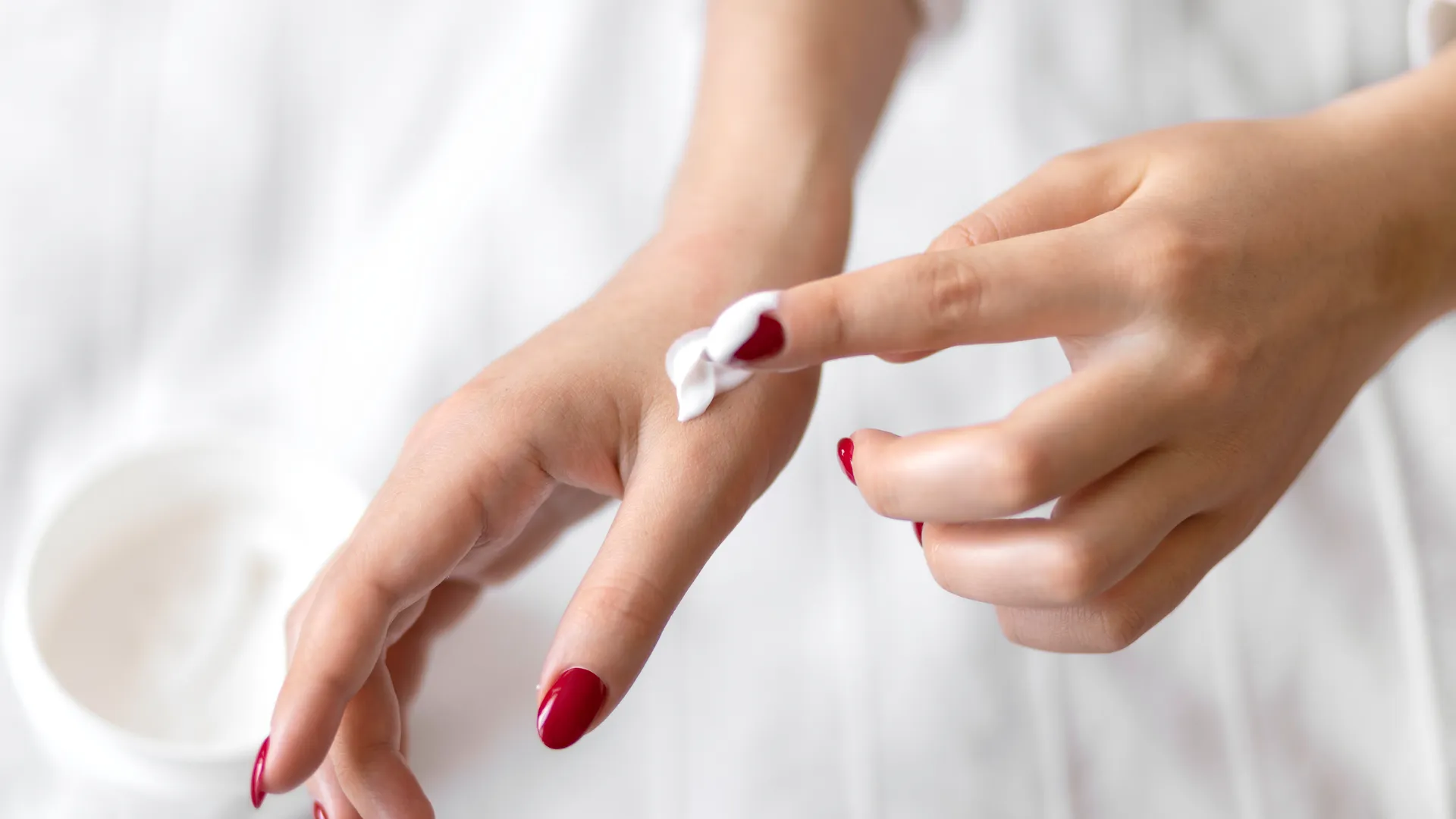Summer is the perfect time to dust off your flip-flops and enjoy some fun in the sun. However, if your nails are discolored, crumbly, or distorted, you may feel reluctant to show off your feet in sandals.
Nail fungus is a common condition that causes unsightly nail problems. Fortunately, it’s very treatable.
Keep reading to learn more about finger and toenail treatments that will transform sandal season this summer.
What is a Nail Fungal Infection?
 A fungal nail infection, also called onychomycosis, is a common condition that separates nails from the nail beds, making them thick, discolored, and brittle.
A fungal nail infection, also called onychomycosis, is a common condition that separates nails from the nail beds, making them thick, discolored, and brittle.
A nail fungal infection usually starts as a yellow-brown or white spot under the tip of the toenail or fingernail. As the infection grows and spreads, the nail may become brittle, change shape, and even crumble along the edges.
Fungi are microorganisms that can only be seen with a microscope. Different types may cause nail infections. Some fungi live on or in the body and don’t cause harm.
However, if they grow out of control, they can cause an infection. Fungi not present in the body may also cause other infections.
Without treatment, a nail fungus infection can result in extensive damage. The nails may become considerably thicker and completely discolored. They might also lift from the nail bed, losing their firm attachment.
Nail fungus is contagious. An infected person can spread the fungus through direct contact. The fungus may also spread by touching infected surfaces like shoes, carpets, and showers.
What Causes a Nail Fungal Infection?
Onychomycosis develops when various types of fungi come into contact with your toenails or fingernails. These fungi feed on keratin, a protein in the nails and skin.
The most common cause of onychomycosis is a group of stubborn fungi known as dermatophytes. Fungi can also occur as molds, yeasts, or a combination. These can also cause a nail fungal infection.
Another cause of nail fungus is athlete’s foot. Athlete’s foot can spread to the nails, causing nail fungus. Also known as tinea pedis, athlete’s foot is a fungal infection of the feet that also affects the areas between the toes.
It thrives in warm, moist environments created when feet are covered in shoes and socks. Left untreated, athlete’s foot can spread to the toenails, groin, and hands due to the migration of the fungus.
The fungus transfers to these areas when you scratch the infected foot with your hand or use the same towel to dry off your feet. Athlete’s foot is contracted through contaminated towels, clothing, public pool areas, and gym locker rooms.
What are the Risk Factors of a Nail Fungal Infection?
Certain factors increase the risk of developing nail fungus, including:

- Older age
- Being male
- Sweaty feet
- Smoking cigarettes
- Minor nail or skin injury
- A history of athlete’s foot
- Wearing tight, sweaty shoes
- Walking barefoot in public areas
- Using public locker rooms, pools, or showers
- Wearing socks and shoes for prolonged periods
- Sharing socks, shoes, or nail clippers with an infected person
- Getting manicures and pedicures at salons from poorly sanitized equipment and tools
- Certain conditions, such as diabetes, psoriasis, poor circulation, or a weakened immune system
What are the Symptoms of a Nail Fungal Infection?
Nail fungus is typically mild at the start but then worsens gradually. Initially, there may be a yellow or white spot under the nail.
As the infection spreads, it can turn the whole nail yellow, white, black, or green. Other symptoms include nails that are:
- Thick
- Smelly
- Ingrown
- Dry or dull
- Misshapen
- Cracked or split
- Brittle or crumbly
- Separated from the nailbed
- Distorted or curled up or down
- Painful when the infection becomes severe
As the fungus grows beneath the nails, it damages them. The longer you ignore a fungal nail infection, the worse it gets.
How Do You Treat a Nail Fungal Infection?
Fungal nail infections can be stubborn. However, when you stick to the treatment your dermatologist at Golden State Dermatology recommends, you’ll be ready for sandal season this summer.
Various prescription medications can fight fungal infections. The treatment options may include:
Oral Antifungal Drugs
Your dermatologist may prescribe antifungal pills. These medications allow new, fungus-free nails to grow and gradually replace the infected nails.
Antifungal pills may include Lamisil, which is taken for at least three months, or Diflucan, which is taken once a week for at least a year.
Medicated Nail Cream
When the infection is mild, your dermatologist may prescribe an antifungal cream. The topical medication is applied directly to the soaked nail.
Before treatment, your dermatologist may debride or thin the surface of the nails. Thinning the nails allows the medication to easily penetrate the nail surface and reach the underlying fungus.
Medicated nail creams keep new fungus out while healthy nails grow, slowly eradicating the fungal infection.
Antifungal Nail Polish
Your dermatologist can also prescribe medicated nail polish. The nail polish contains antifungal medication and is painted on infected nails and the surrounding skin once daily.
After a week, the polish is removed with alcohol, and the process begins again. The fungal infection can be cleared up gradually over up to a year.
Combination Therapy
For tough-to-treat fungal infections, your dermatologist may recommend combination therapy. The therapy incorporates both oral and topical antifungal treatments. It’s more effective in eliminating severe infections than using only one treatment.
Get Your Clear, Healthy Nails Back
 You don’t have to hide your nails this summer. You can say goodbye to discolored, crumbly nails with top-of-the-line treatment from Golden State Dermatology.
You don’t have to hide your nails this summer. You can say goodbye to discolored, crumbly nails with top-of-the-line treatment from Golden State Dermatology.
“Sandal season can be worrisome for patients battling nail fungus, and some even avoid open-toed shoes altogether. But, we do have solutions to get your nails back to their healthiest,” said Jordan Jepson, PA-C of Golden State Dermatology, Turlock. “With an understanding of the benefits and side effects, we can choose the best treatment together.”
Do you want to get your hands and feet ready for sandal season? Book an appointment online at one of Golden State Dermatology’s convenient locations to stop nail fungus in its tracks.






